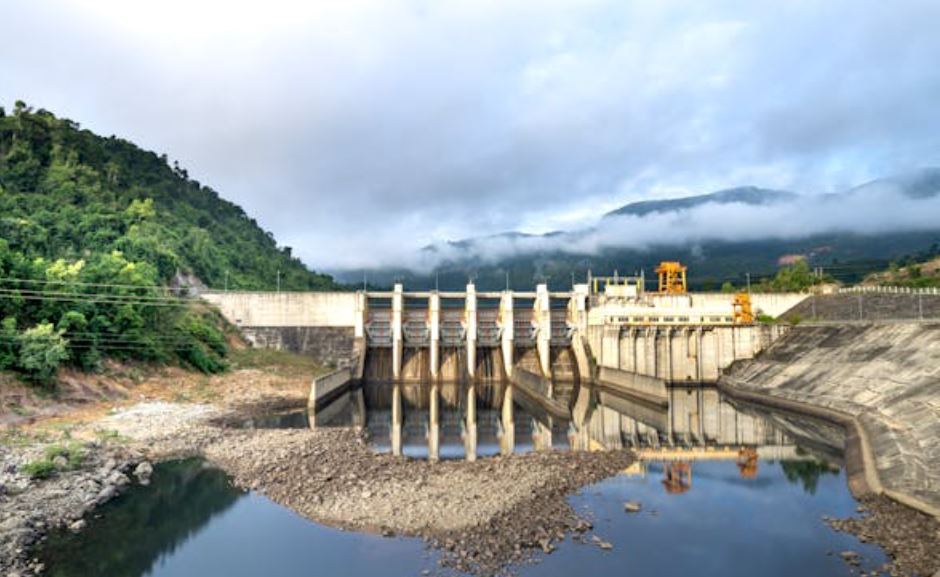Proactive Measures to Safeguard Dams Amidst Climate Change Challenges
The Indian government is taking proactive measures to safeguard dams against the escalating threat of Glacial Lake Outburst Floods (GLOFs). This crucial step is aimed at ensuring the structural integrity and safety of existing and under-construction dams, particularly in the vulnerable Himalayan region.
Reviewing and Reinforcing Dam Designs
In the wake of the Teesta-III Hydroelectric dam collapse in October 2023, the Central Water Commission (CWC) has initiated a comprehensive review of the design flood for all dams susceptible to GLOFs. This rigorous evaluation will focus on verifying the adequacy of spillway capacity to manage extreme flood scenarios, including the combined impact of Probable Maximum Flood/Standard Probable Flood and GLOFs.
Mandatory GLOF Studies and Comprehensive Monitoring
Furthermore, GLOF studies have been mandated for all new dams planned in areas prone to glacial lakes. The CWC is actively monitoring 902 glacial lakes and water bodies across the Himalayan region from June to October each year. This vigilant monitoring enables the detection of changes in water spread areas, with particular attention to lakes that have exhibited significant expansion and pose potential risks.
Collaborative Efforts and Scientific Research
The Ministry of Power has identified 47 dams, comprising 38 commissioned and 9 under-construction projects, as potentially vulnerable to GLOFs originating from glacial lakes within Indian territory. Notably, GLOF studies have been successfully completed for 31 of these dams.
In addition, the Ministry of Earth Sciences, through the National Centre of Polar and Ocean Research (NCPOR), has been conducting continuous monitoring of two pro-glacial lakes in the Chandra Basin since 2013. This ongoing scientific research contributes to a deeper understanding of the region’s glacial dynamics and the potential hazards associated with GLOFs.
Addressing Industrial Pollution in the Ganga Basin
In a separate development, the Central Pollution Control Board (CPCB) has identified 3,526 grossly polluting industries (GPIs) in the Ganga Basin. Among these, 2,855 industries are currently operational, while 671 have voluntarily ceased operations. The CPCB has taken action against 121 non-compliant industries by issuing show-cause notices or closure directions.
Soumya Smruti Sahoo is a seasoned journalist with extensive experience in both international and Indian news writing. With a sharp analytical mind and a dedication to uncovering the truth, Soumya has built a reputation for delivering in-depth, well-researched articles that provide readers with a clear understanding of complex global and domestic issues. Her work reflects a deep commitment to journalistic integrity, making her a trusted source for accurate and insightful news coverage.



